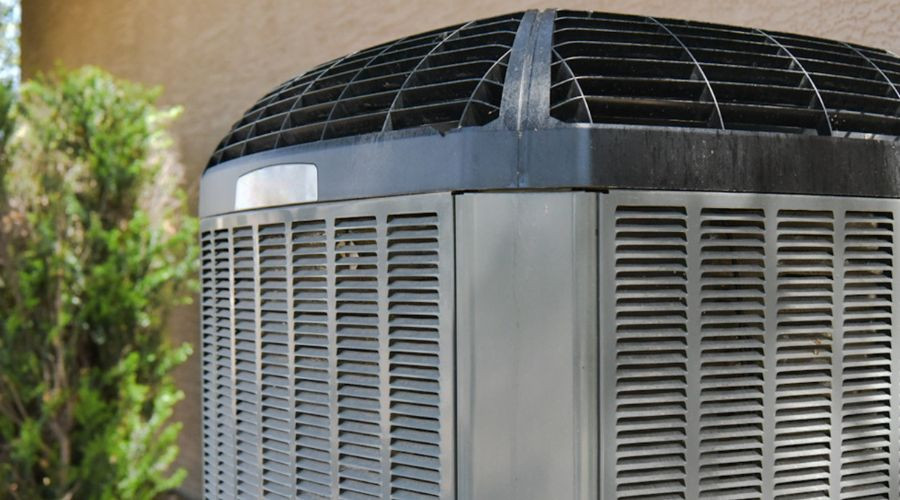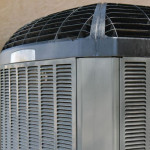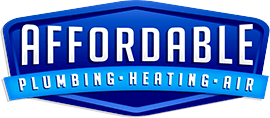Important AC Replacement Basics to Know
Understanding air conditioner replacement fundamentals can save thousands in unnecessary costs and prevent common installation mistakes. The right AC replacement approach involves more than just swapping old units for new ones—it requires careful assessment of a home's specific cooling needs. This guide offers expert, stress-free advice to help ease frustrations and transform cooling worries into confidence.
If an outdated HVAC system is leaving a home sweltering, these clear, actionable tips promise fast, life-changing relief. Packed with simple, practical steps and real-world solutions, this blog post sets individuals on the path to a cooler, more comfortable home. Read on to learn how upgrading can be done with ease.
Signs to Replace an Air Conditioner
Is a cooling system struggling to keep up? Recognizing when air conditioner replacement becomes necessary can save from sweltering summer discomfort and unexpected breakdowns. Most AC units show specific warning signals before they fail completely, giving homeowners time to plan for this significant home improvement investment.
One of the most reliable indicators that a new cooling system is needed is simply age. When an air conditioner surpasses the 10-year mark, efficiency naturally declines. Modern HVAC systems offer dramatically improved energy efficiency compared to older models. An aging unit works harder to achieve the same cooling effect. This increased strain not only reduces comfort but significantly impacts monthly utility costs.
Rising energy bills often serve as the first noticeable red flag for homeowners. If electricity costs are climbing despite similar usage patterns, the AC unit is likely losing efficiency. According to the Department of Energy, replacing an outdated air conditioner with a newer, energy-efficient model can reduce cooling costs by 20-40%. Furthermore, when repair costs exceed 50% of a new unit's price, replacement becomes the more economical choice in the long run.
Additional warning signs include:
- Frequent repairs needed within a short timeframe
- Inconsistent cooling with hot and cold spots throughout a home
- Unusual noises like grinding, squealing, or rattling during operation
- Excessive humidity levels indoors despite regular AC use
If a home is taking longer to reach comfortable temperatures, this gradual cooling decline often indicates that the system can no longer meet the household's needs. These signals should be trusted—they are the home’s way of indicating it's time for an HVAC upgrade.
Advantages of Replacing an Old AC Unit
 Investing in a new air conditioner replacement delivers immediate and long-term advantages for homeowners seeking improved comfort and efficiency. Modern AC units operate at significantly higher efficiency ratings than older models, often reducing energy consumption by 20-30% according to Energy Star data. This translates directly to lower monthly utility bills. The savings add up quickly, especially during peak cooling seasons when the system works hardest.
Investing in a new air conditioner replacement delivers immediate and long-term advantages for homeowners seeking improved comfort and efficiency. Modern AC units operate at significantly higher efficiency ratings than older models, often reducing energy consumption by 20-30% according to Energy Star data. This translates directly to lower monthly utility bills. The savings add up quickly, especially during peak cooling seasons when the system works hardest.
Replacing an aging cooling system eliminates the frustrating cycle of frequent repairs that older units typically require. New HVAC equipment comes with comprehensive warranties, protecting the investment for years. Peace of mind is gained. Beyond financial benefits, replacement units provide noticeably enhanced comfort through more consistent cooling, improved humidity control, and quieter operation throughout living spaces.
A new air conditioner might improve a home's air quality. Modern AC installations feature advanced filtration systems that capture more airborne particles, reducing allergens and contaminants circulating throughout the home. This upgrade particularly benefits allergy sufferers and those with respiratory sensitivities. Additionally, professional HVAC installation presents the perfect opportunity to resize the cooling system if the previous unit was improperly matched to the home's square footage. A correctly sized system prevents inefficient short-cycling while ensuring complete comfort throughout every room, transforming the home environment during the hottest months.
Choosing a Type of AC System
 When planning an air conditioner replacement, homeowners typically face a crucial decision between installing a ductless mini-split system or upgrading to a central AC system. This choice significantly impacts a home's comfort, energy efficiency, and overall cooling performance for years to come. The right cooling solution depends on specific circumstances.
When planning an air conditioner replacement, homeowners typically face a crucial decision between installing a ductless mini-split system or upgrading to a central AC system. This choice significantly impacts a home's comfort, energy efficiency, and overall cooling performance for years to come. The right cooling solution depends on specific circumstances.
Ductless mini-split systems offer remarkable flexibility for homes without existing ductwork. These HVAC alternatives consist of an outdoor compressor connected to one or more indoor air-handling units. They are perfect for room-by-room temperature control. Unlike central systems, mini-splits don't require extensive renovation to install ductwork, making them ideal for older homes, additions, or spaces where duct installation would be impractical. However, multiple units may be needed to cool an entire home effectively.
Central air conditioning systems, conversely, provide whole-home cooling through a network of supply and return ducts. They excel in larger homes where consistent cooling throughout multiple rooms is desired. Modern central AC units boast impressive energy efficiency ratings compared to older models. If a home already has functional ductwork, upgrading to a new central system often represents the most cost-effective replacement option. A professional HVAC contractor can evaluate the specific situation and recommend the optimal cooling solution based on the home’s layout, existing infrastructure, and cooling needs.
When considering an air conditioner replacement, understanding the differences between central air systems and mini-split units can significantly impact comfort and finances. Central air conditioning systems typically offer whole-home cooling through a single unit, while ductless mini-splits provide targeted cooling in specific zones. The right choice depends on a home's layout and budget priorities.
Central air conditioning systems generally have a lower upfront installation cost, making them attractive for immediate budget concerns. They integrate with existing ductwork, reducing initial expenses. However, this affordability comes with a trade-off. Energy bills often run higher with central systems because they cool the entire home regardless of which rooms are actually being used. Duct losses can waste up to 30% of energy consumption according to the U.S. Department of Energy, especially if ducts pass through unconditioned spaces.
Conversely, mini-split air conditioners offer superior energy efficiency and zoned cooling capabilities. These systems deliver conditioned air directly to targeted areas without ductwork. They provide better temperature control room by room. Mini-splits typically reduce monthly energy costs by 20-30% compared to central systems, creating substantial long-term savings. Nevertheless, the initial investment is steeper—often 30% more expensive to install than central air conditioning. For most homeowners who plan to stay in their homes for at least five years, the efficiency benefits eventually outweigh the initial price difference.
About Affordable Plumbing, Heating & Air
Affordable Plumbing, Heating & Air is a trusted plumbing and HVAC contractor serving Fairhope, Daphne, Spanish Fort & Baldwin County since 1996. They offer on-time service, friendly professionals, and quality workmanship. Call them for air conditioning replacement services in Fairhope, AL.



